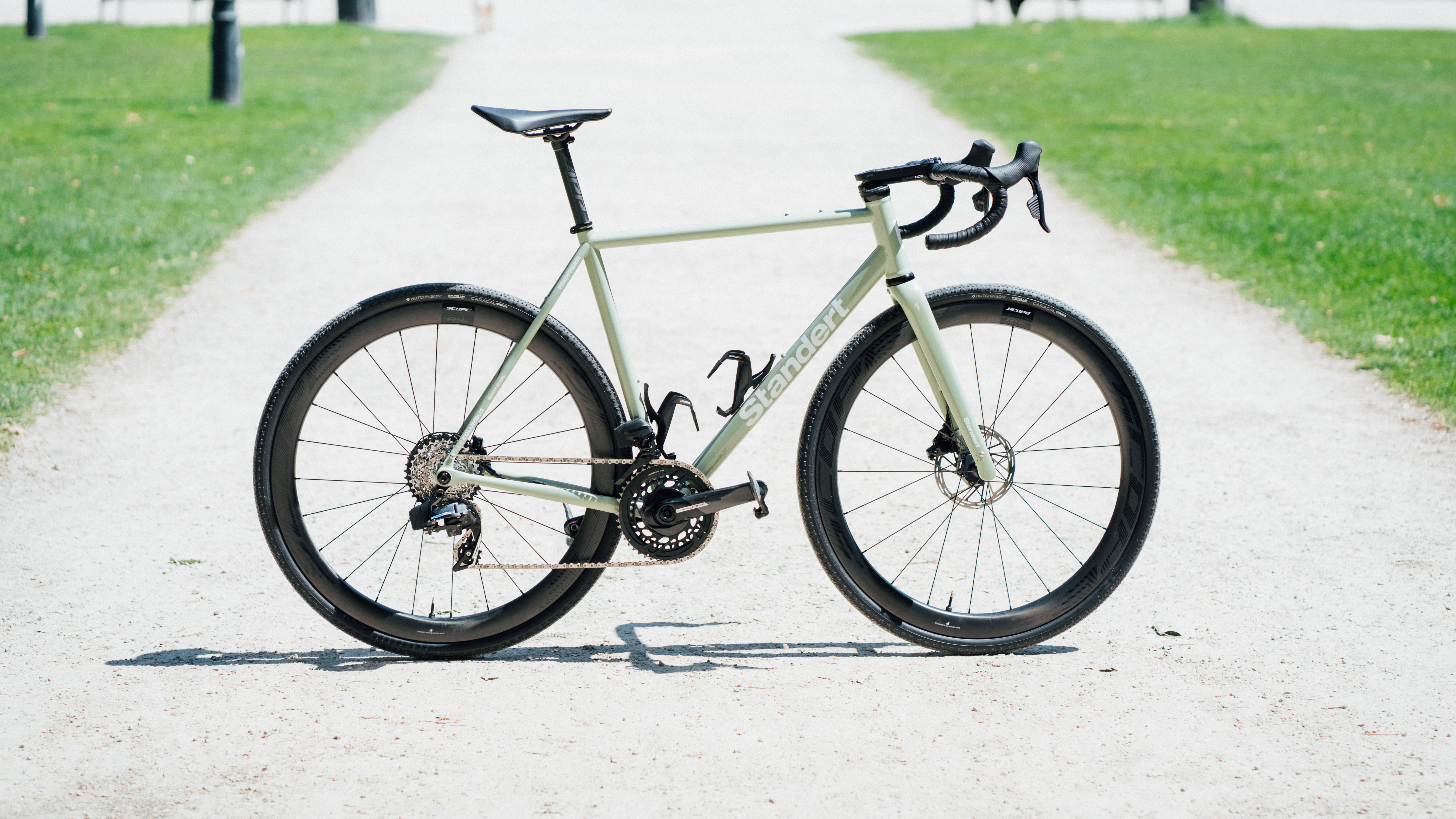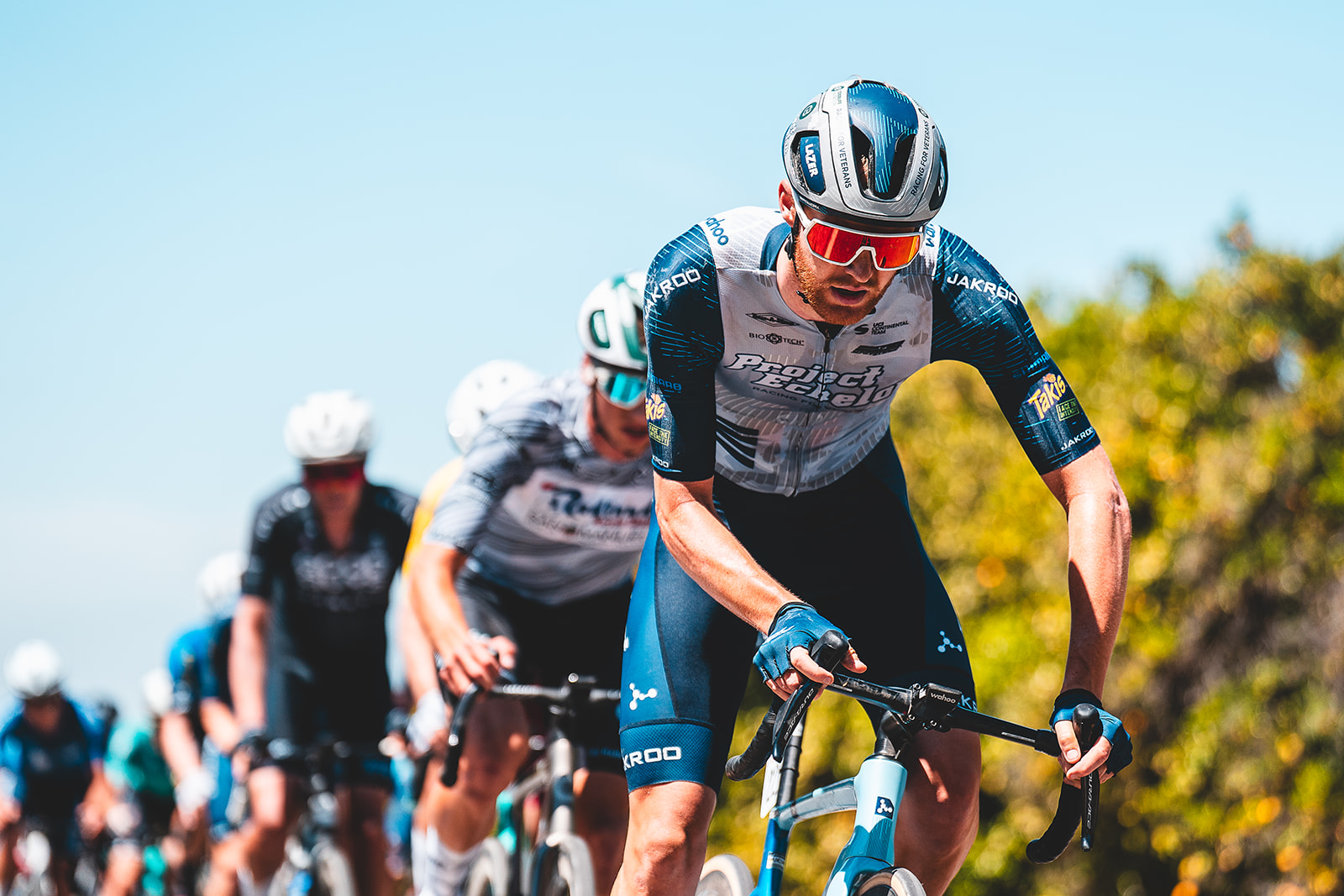Cyclingnews Verdict
There's nothing really wrong with the Standert Pfadfinder. It looks good, it has good geometry, and it can take bigger tyres. On paper, it's a great all-road bike, but for what it offers, the price is too high once you look past the gorgeous branding.
Pros
- +
Looks gorgeous
- +
Great geometry
- +
Stiff for a steel bike
Cons
- -
Slightly muted ride
- -
Quite expensive for what it offers
You can trust Cyclingnews

RRP: €4,799-€11,247 / £4,106-£9,624 / $5,533-$12,967 (build configurable)
Weight: 2.3kg (frameset)
Colours: Sage green, black, beige, white and black
Build options: SRAM Rival, SRAM Red, Shimano 105 Di2, Shimano Ultegra
If you’ve spent any amount of time doom-scrolling the cycling feeds of Instagram, assuming your algorithm isn’t just serving you toxic wellness content, misogyny, and AI generated slop, you'll probably have come across Standert bikes. The German brand has cemented itself in recent years as one of the brands to be seen riding. The range of bikes it offers has expanded from classic-shaped road bikes with modern graphics to a full suite of road and gravel bikes, and a single all-road machine bridging the divide between the two: the Pfadfinder, of ‘path finder’, to de-Deutsch the nomenclature for you.
Is the Pfadfinder any good, though, and is it good enough to be compared against the best road bikes on the market? As ever with all-road bikes, which have slightly surpassed the best endurance bikes in terms of market visibility in recent years, there is a certain amount of promising to be all things to all people.
Wider tyre clearance (up to 38mm) writes a cheque out to the tune of ‘light gravel capability’ as long as you have the bike handling skills to take it to the bank, while the geometry is still classique road bike.
As you can imagine, then, reviewing a bike like this takes a bit more doing. It’s been on backlane blasts, I’ve held on on the local chain gang aboard it, and I’ve taken it on some princess gravel too, all in an effort to see if it lives up to the social media hype and, more importantly how it’s best to set it up if you do buy one.
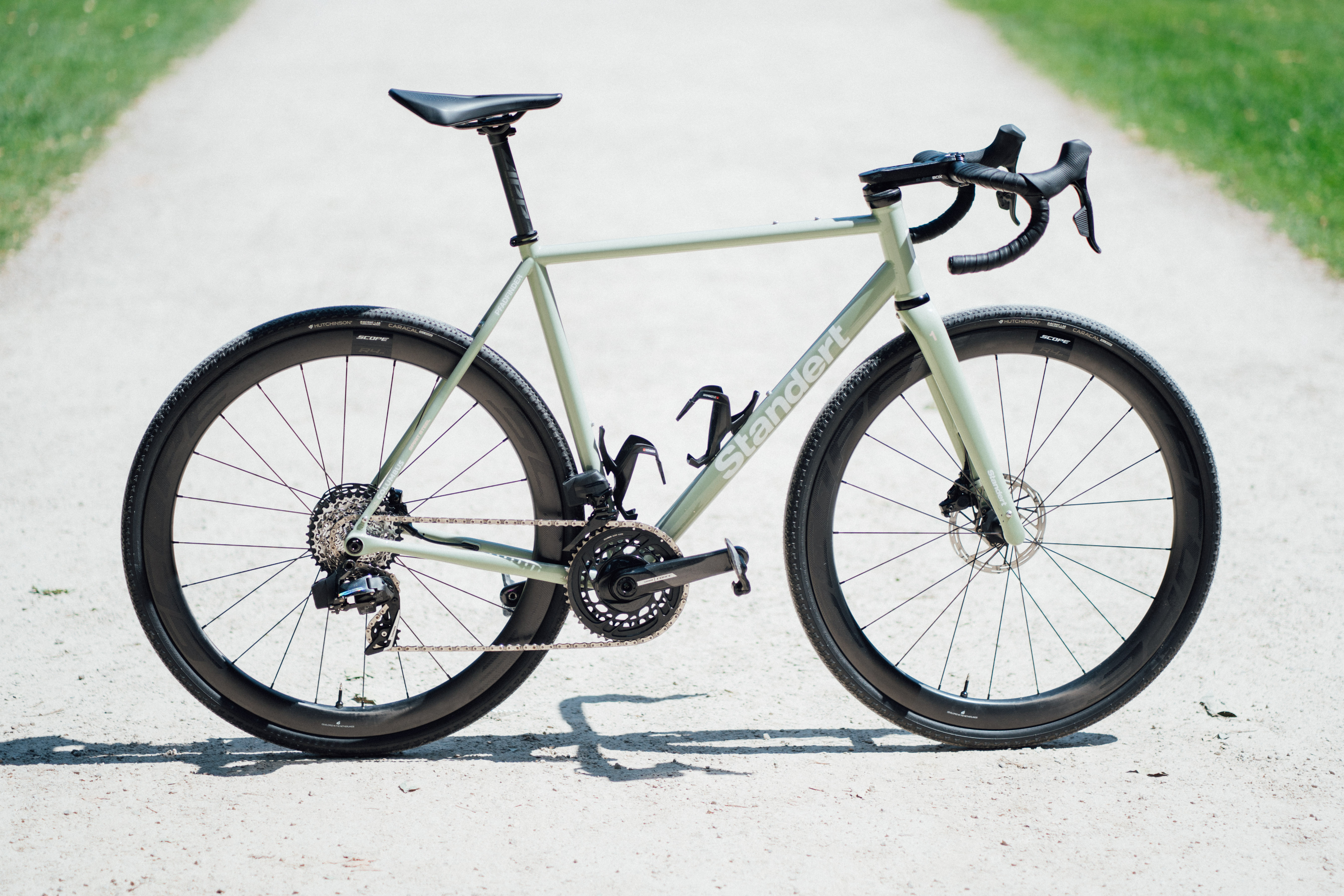
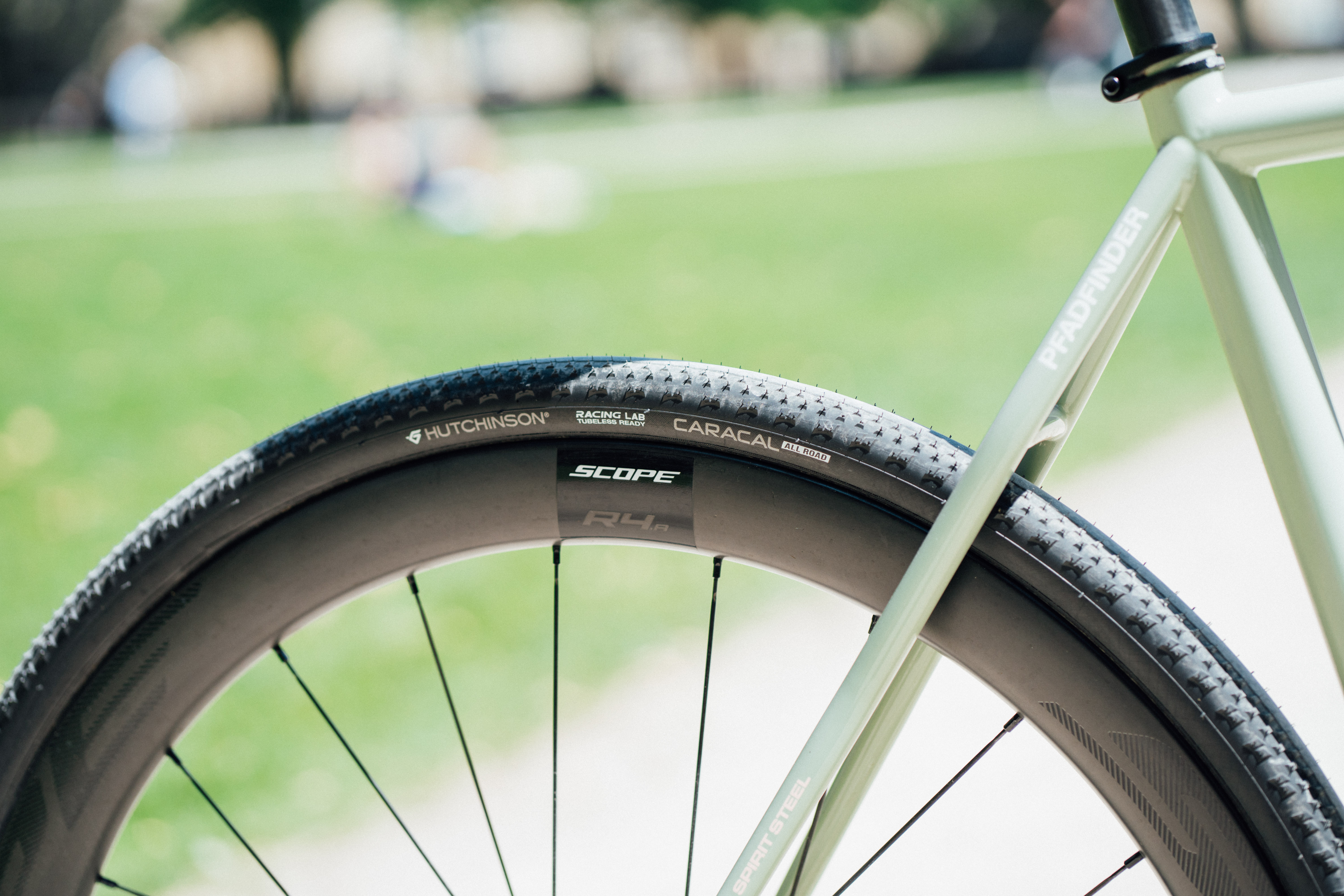




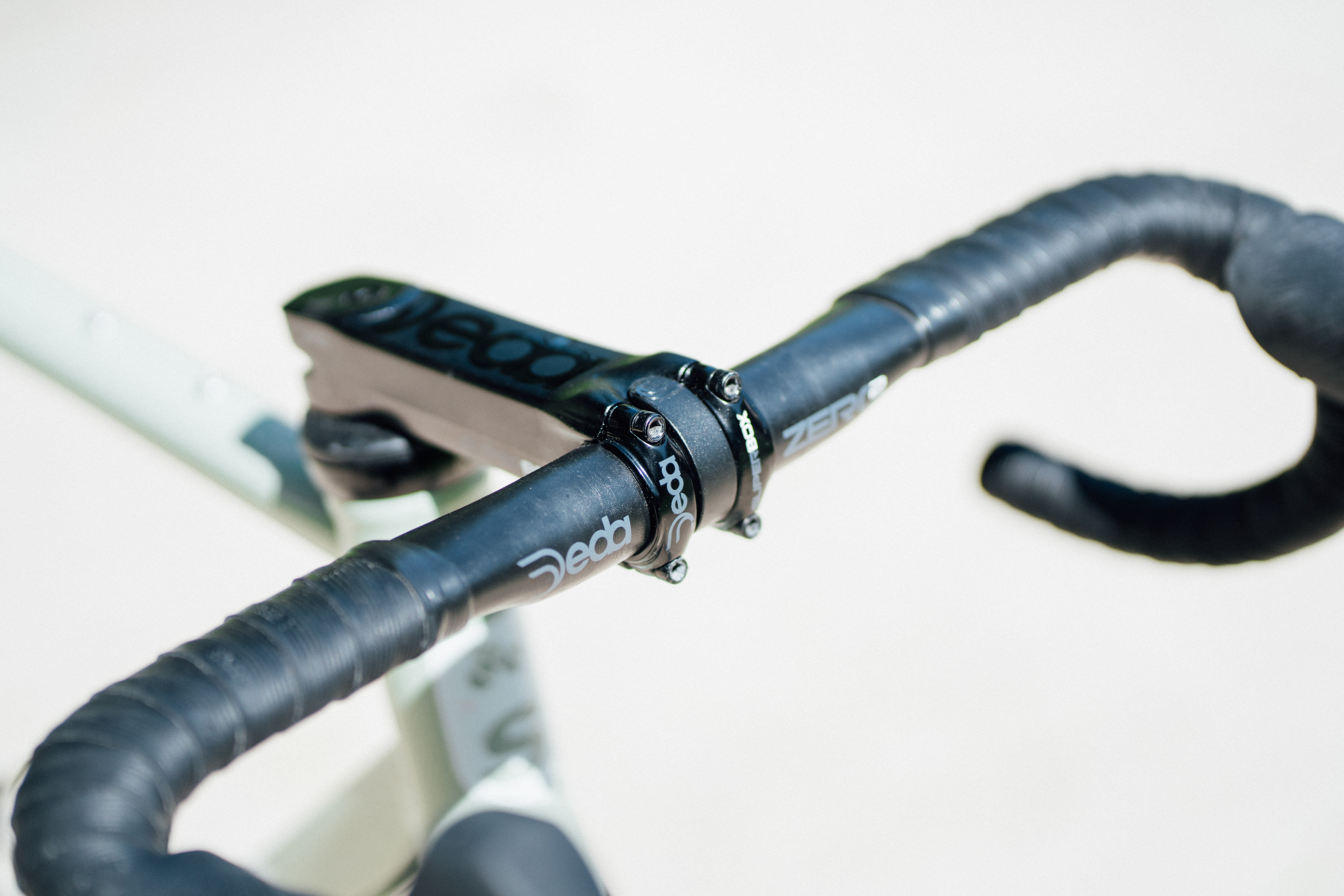
Design and aesthetics
Before I take you on a journey into the wonderful world of steel tubesets, let’s go over the top line facts and figures. The Standert Pfadfinder is textbook all-road, in that it maintains road geometry, but with the added benefit of wider tyres. It’s a drum we will continue to bang for some time, but most riders would probably be faster on 40mm tyres, so having (nearly) that clearance is likely going to be of benefit to the majority.
The geometry, to benchmark it against a bike I am familiar with, is alarmingly similar (more or less identical in fact) to the Fairlight Strael, a bike that I and many others in the industry have heaped praise on in abundance. So far, so road bike, but then add to this clearance for 38c tyres and you’ve got the capability to tackle some moderate gravel if the mood takes you.
Like many brands, Standert allows one to configure one’s bike at the point of sale, choosing the groupset, bar width, wheels, tyres, and saddle from a small set menu of options. My test bike came with a SRAM Force groupset, Scope R4.A carbon all-road wheels shod with Vittoria Corsa Pro Control tyres, and a Fizik saddle that I swiftly removed as I know from experience it is a torture device for my own personal anatomy.
The latest race content, interviews, features, reviews and expert buying guides, direct to your inbox!
The frame is constructed in Czechia from Italian steel - Columbus Spirit, for the ferric fanboys and girls - with fully internal cable routing… as long as those cables are of the electrical kind. You cannot run the Pfadfinder with cable-actuated derailleurs, so it’s SRAM, or some variety of Di2.
The steel is relatively premium, with Spirit being the third ‘best’ steel that Columbus offers, behind the stainless XCr and the special HSS version of Spirit. Stronger steel alloys like Spirit, which is roughly equivalent to Reynolds 853, mean you need less material for the same strength, which in turn means thinner tubes and a lighter frame. From what I can tell, this is a fairly stock Life tubeset, and Standert has probably just chosen the tube diameter that best suits its needs for the bike. Larger diameter tubes are stiffer, but heavier, and vice versa.
Overall, it’s resulted in a frameset weight in my size (56) of 2.3kg. Not that heavy, but certainly no featherweight in the context of frames as a whole, and while amongst steel bikes that is light. The frame itself is 270g heavier than an equivalently sized Strael 4.0 for reference.
The frame is UDH compatible, and you get an extra set of bosses on the top tube for a bento box as well as mudguard mounts at the fork ends and at the rear dropouts, but no bosses under the downtube for an extra bottle, and no pannier mounts at the rear, and if you want to run a dynamo you’ll have to coil the cable up the fork leg or play fast and loose with a Dremel and very much void your warranty.
All told, it’s pretty classic stuff. It’s not necessarily the most versatile design in the world, not being compatible with cables, dynamo routing, or a pannier, but that’s rather out of keeping with the brand, and I can forgive it those omissions to some degree. I would like the option to run a bottle under the downtube though; it’s useful in so many ways, and with the cables inside the frame it won’t foul on the running of anything either.
What I do love is the look of the Pfadfinder. Looks aren’t everything, but if you like the look of your bike you are more likely to ride it, I promise you that, and I do like to caution people against buying bikes simply ‘by the numbers’. The stance is classic, and the paint colour is certainly on trend (it matches my partner's Kitchenaid stand mixer as well as our Ikea drinks trolley). Whether it is timeless is another matter, but for now at least it looks ace, though I prefer it with black tyres over tanwalls, but more on this later. I think the transition from the stem to the upper headset bearing is a little cumbersome and ugly, but that’s minor details.
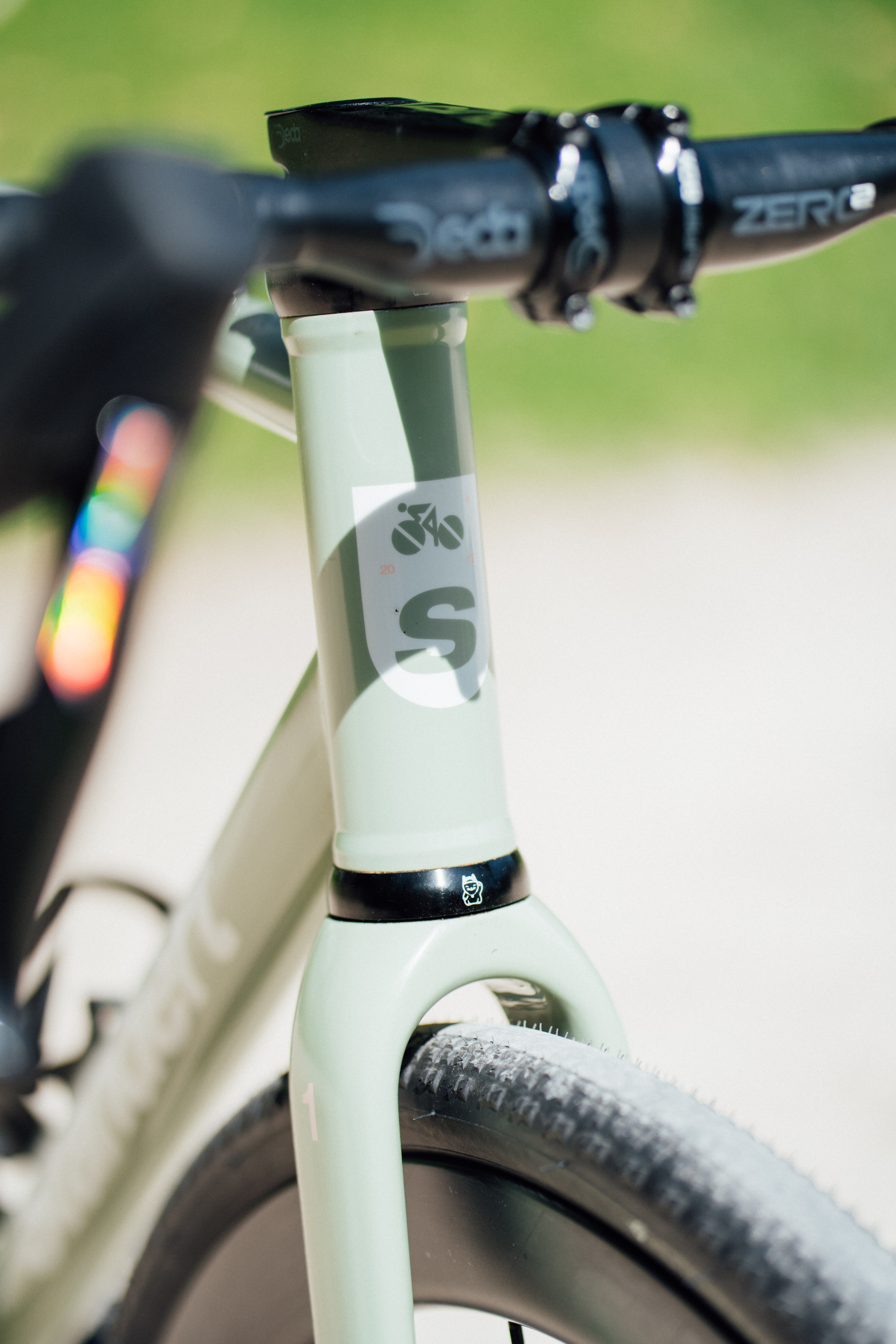

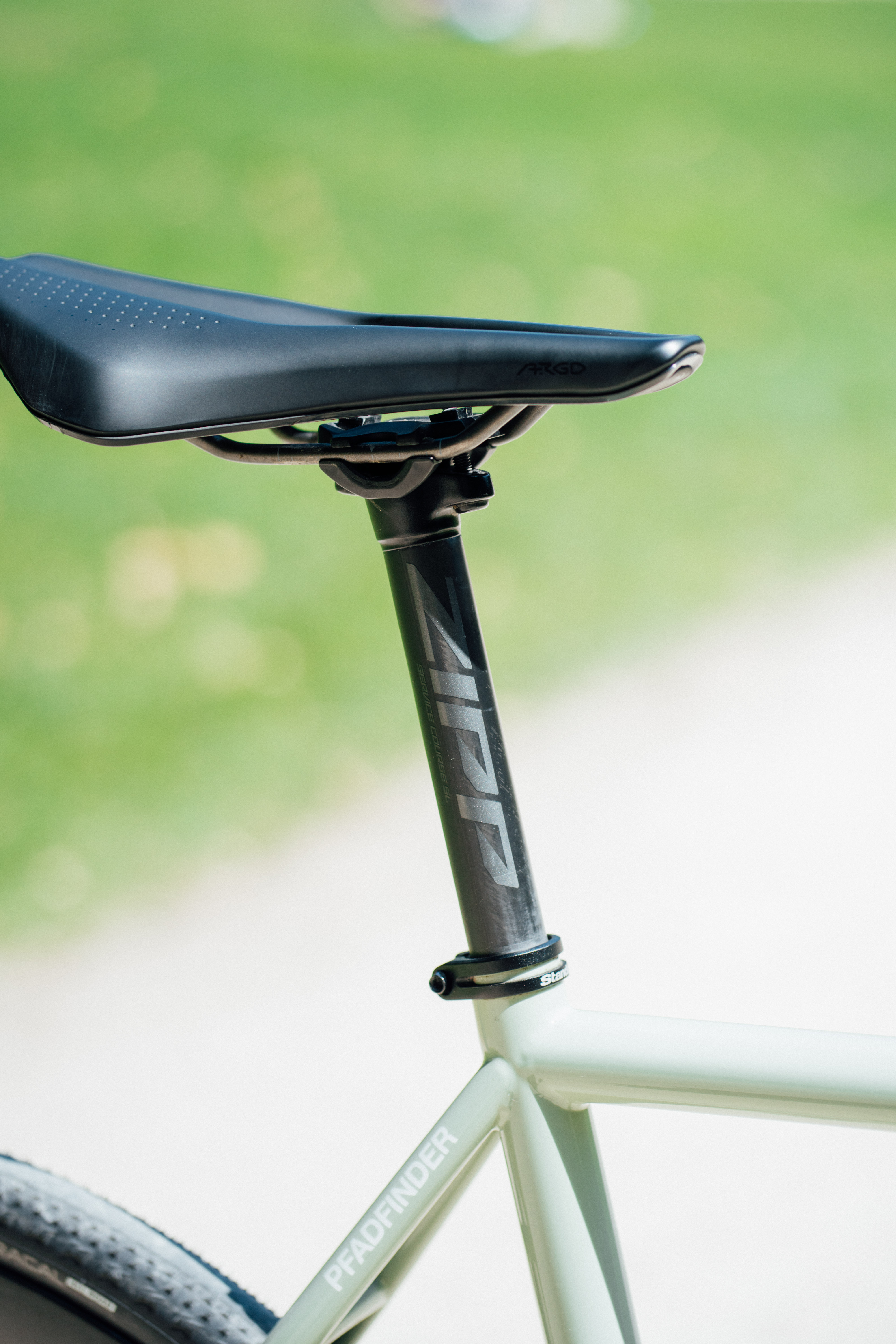
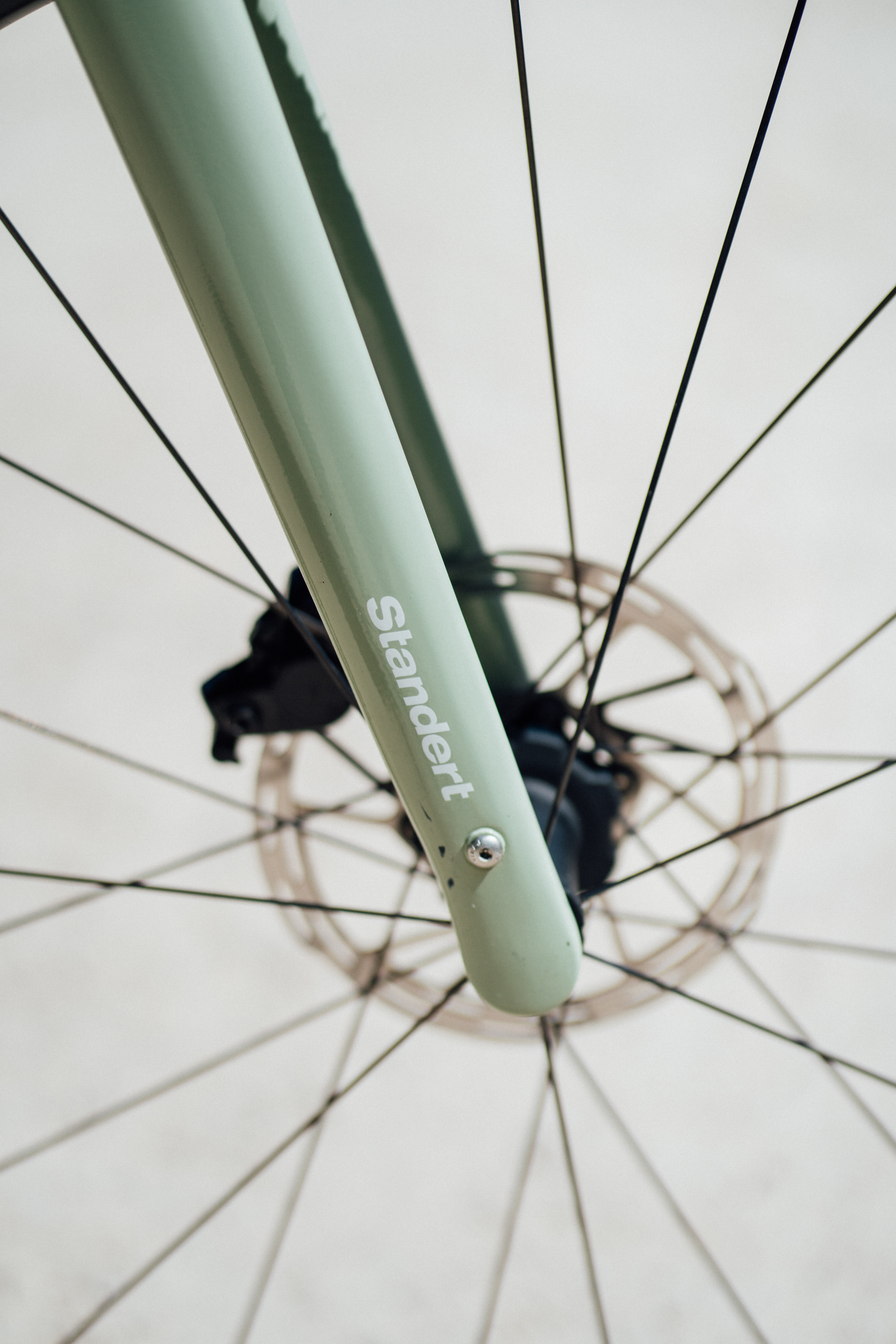
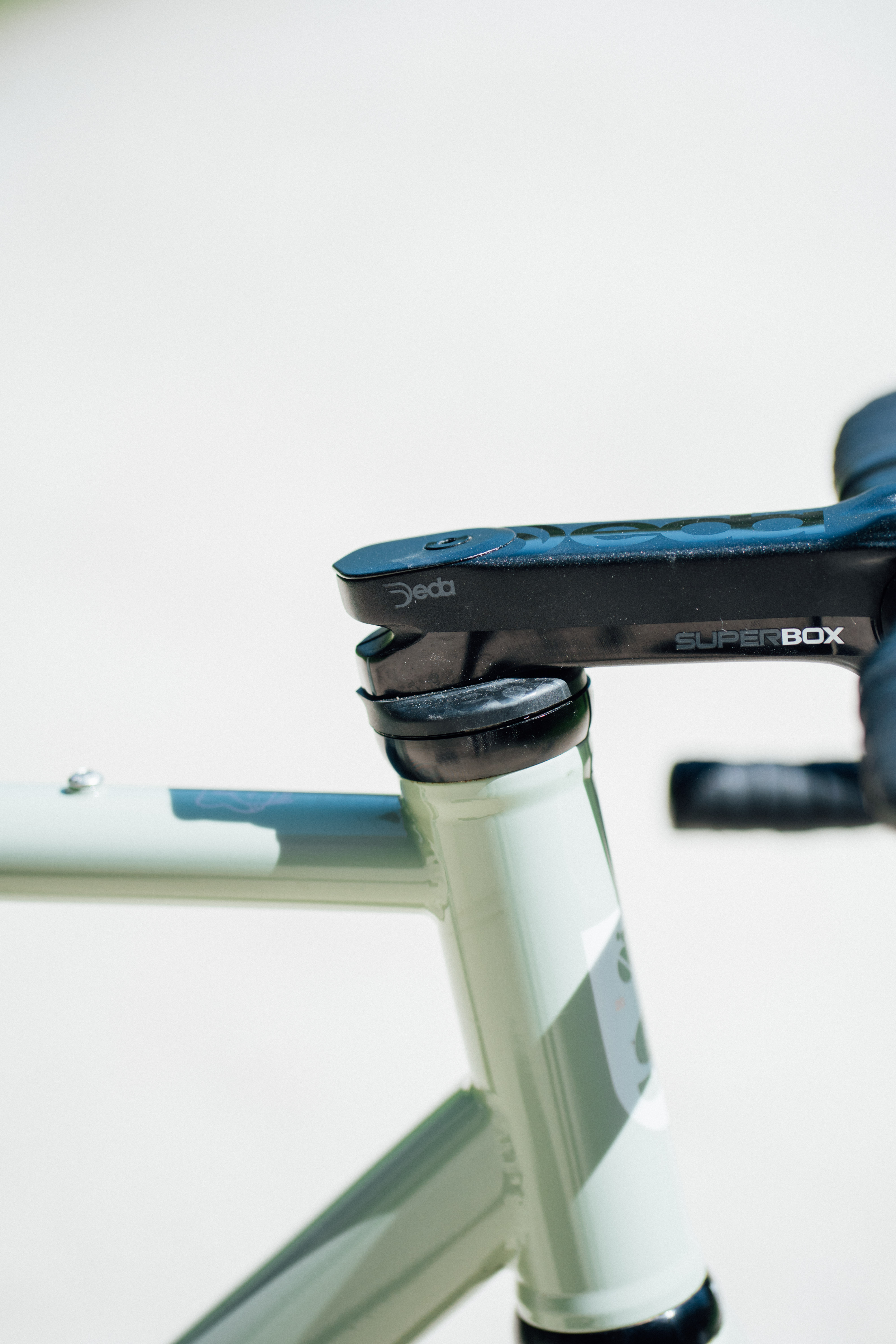
Performance
I'm slightly torn about the Pfadfinder I gotta tell ya. In the guise it arrived in, it was perfectly fine, but it didn’t blow me away. The Corsa Pro Control tyres were absolutely golden, but for some reason, they felt slightly at odds with the ambitions of the frameset to me.
Despite having a geometry that was nigh on identical to a bike that I poured praise on like a greedy child applying syrup to a stack of pancakes, the Pfadfinder felt a little stolid by comparison. Not as far as to say it was lumbering, but the ride feel lacked that sprightly flex that great steel bikes are imbued with. Oddly, I think the Pfadfinder is perhaps a little too stiff for its own good.
On fast road rides, the likes of the local chain gang, this was welcome and left the bike feeling plenty direct enough, and the geometry meant it was predictable enough in a bunch that it wasn’t going to cause any upset, but on solo rides it felt like it was lacking that magic sparkle. I think the larger T47 bottom bracket has something to do with it, but it lacked a bit of that pleasant flex that is so often lauded by fans of steel frames. That and, in the grand scheme of things, a 32c tyre is basically a normal road tyre now for a lot of people, so it didn’t feel hugely all-road.
After a fair few excursions in its stock guise I got sent a set of Hutchinson’s Caracal All-road tyres in a new 35c all road width - a truly brilliant tyre, but you’ll have to wait for my full review for more on that - and the Pfadfinder seemed like a standout candidate to test them on, so off came the Corsas, on went the Caracals (in black, a much better look) and away I went, and the bike felt like it was riding on song for the first time. If you do buy one of these, or you have already, do yourself a favour and kit yourself out with a set of big (at least 35c, 38c if you can), high quality tyres. The Caracal race would be excellent, and while they are a nightmare to set up tubeless and live with, the 38c Challenge Strade Bianche tyres you can spec at point of sale are another excellent option. Hell, if you want a really fun ride, then slap on a set of cotton cased, 36c Challenge Gravel Grinders and you’ll be laughing.
With some more chunky rubber on the Pfadfinder made me want to go and find some more pfads, and pfadfind I did. The extra cush of the added tyre volume slightly alleviates the overly stiff frame, and on well groomed gravel tracks, it felt alive enough to remain engaging, without being so stiff that it became uncomfortable.
It is, in this guise, very like riding an old cyclocross bike, just with a little more squish and the added stability of a lower bottom bracket, and it's an absolute hoot. The road geometry on loose surfaces makes the bike feel fast in a way it kind of doesn’t on tarmac, with the shorter wheelbase and steeper front end making you maintain your focus the whole time.
This also rings true for an awful lot of the lanes I adore riding on, with grass up the middle, potholes big enough to swallow the frequent horses, and random sections of standing water. Here, the capacity for bigger rubber acts like a get out of jail free card in many situations, making rides less freight and just much more of a laugh.
I am slightly left wanting, in that the chassis promises so much in terms of versatility, but even discounting the lack of rear pannier mounts, the lack of an extra bottle boss set under the downtube and no option to run a neatly integrated dynamo light up front hold it back from being an excellent ultra machine. Having internal cables isn’t necessarily ideal from a maintenance standpoint, but it certainly makes attaching framebags easier.
Fitness is one thing, and without blowing my own trumpet too much I am in decent form at present, but on the Pfadfinder on a mixed terrain ride with a good 30% being well groomed gravel I set a 90km PB, and on other rides it’s still got me some PRs up key climbs despite the weight penalty. I say this because I want to separate some vague measurement of how fast the bike is from the sensations.
I’ve ridden a lot of steel bikes, and while I haven’t drank the ‘steel is real’ Kool-Aid to the point I am claiming it has some mystical ride feel, there are certainly noticeable differences between two bikes of the same geometry with different tubesets. The Pfadfinder has the potential to be a very fast bike over a real range of conditions, but if you want a bike that, for want of a better phrase, ‘sings’ underneath you, then I don’t think this is it.
It is also worth noting that my test bike, which had apparently only been to three other media outlets before, had a bottom bracket that totally seized in place and needed the bearings replacing. Do with that information what you will.
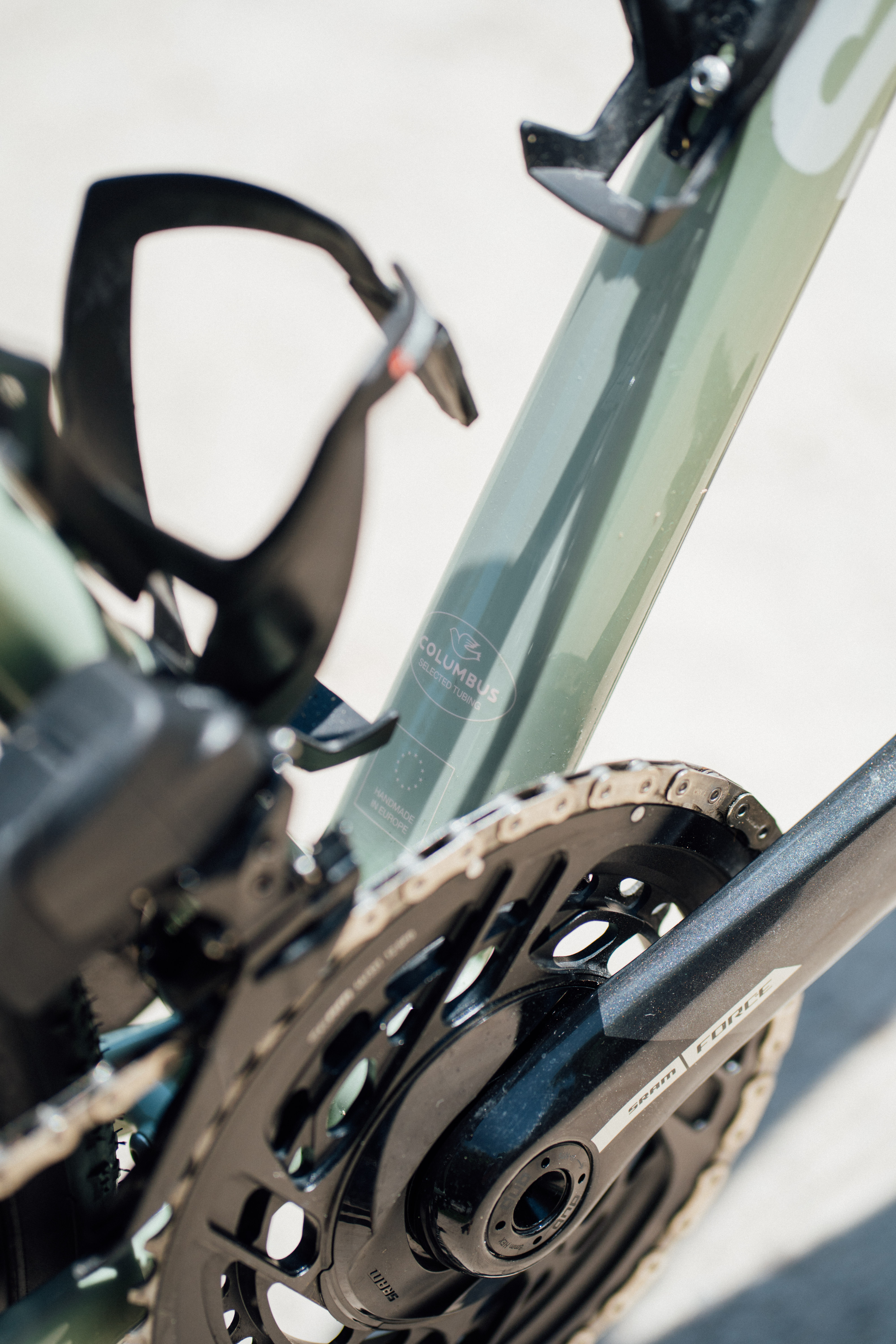
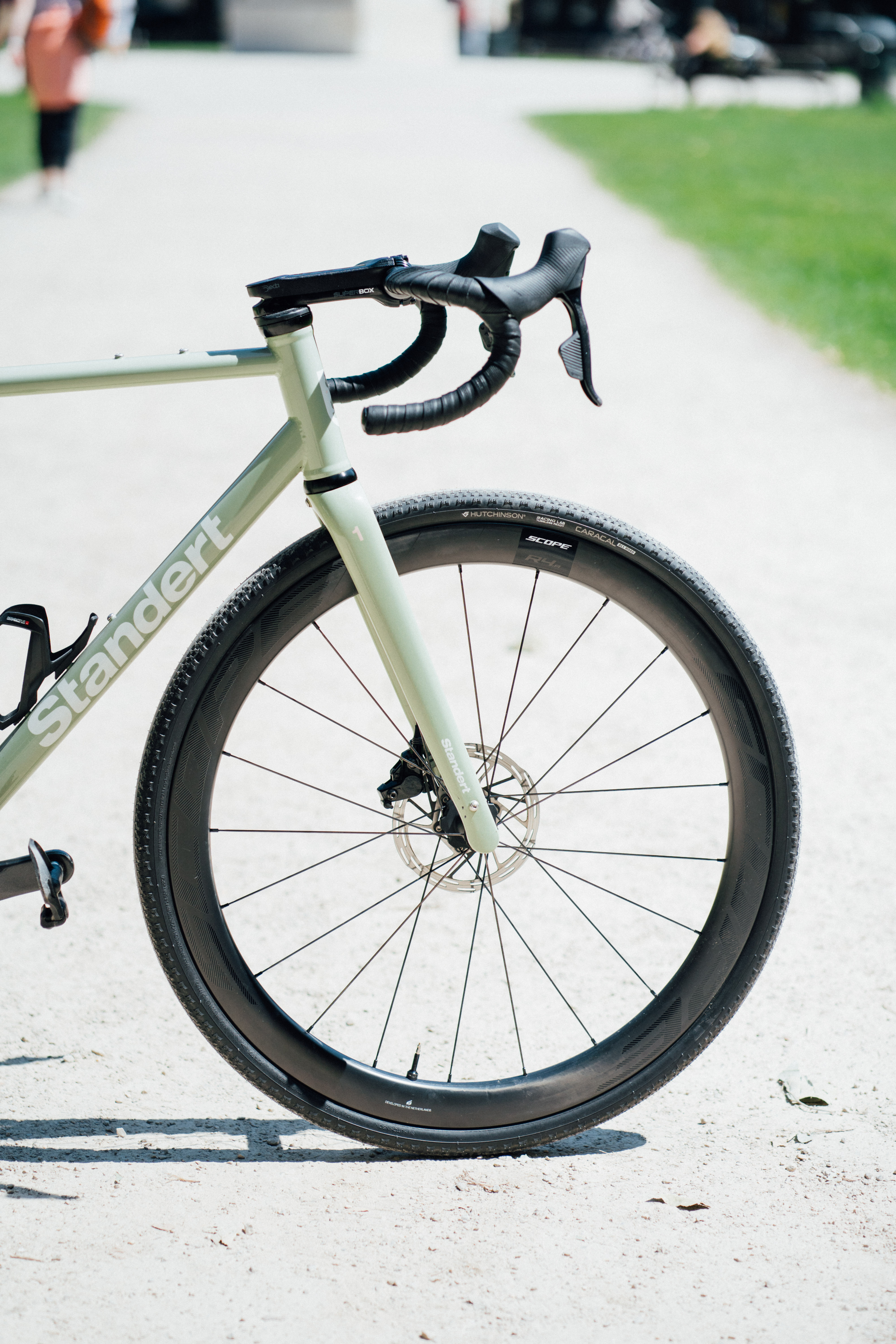
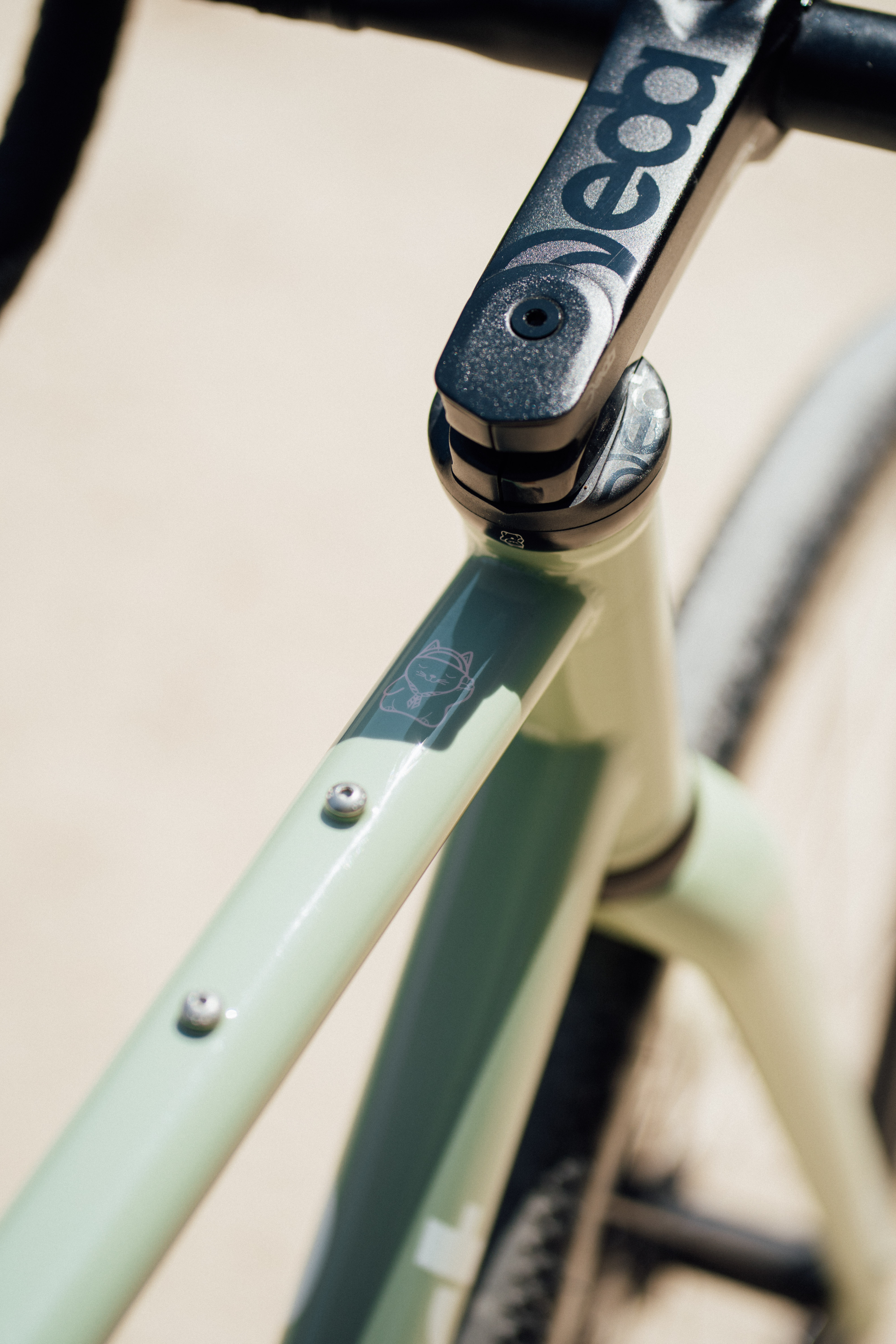
Value
There is a real fly in the ointment when it comes to the value proposition for the Pfadfinder, and it comes in the form of the Fairlight Strael. I am perhaps sounding like a broken record, but it’s worth at this point being frank about the differences between the two, as on paper they offer a similar package, in the form of road geo with bigger tyre clearance.
The Strael 4.0 is lighter, and unless you really want all your cables inside the frame it has a lot more going for it in my eyes. Dynamo routing, pannier capacity, a set of downtube bosses, the ability to run any groupset you like, a tubeset that has not only resulted in a lighter frame, but a tubeset that has been custom designed for the model itself, bespoke mounting hardware and a fully modular dropout system.
I am not saying the Standert Pfadfinder is poor value, but I think there is at least some degree of Instagram tax at play. It is a good bike, don’t get me wrong, and with the right setup it’s brilliant fun, but if you are looking at it as a value proposition then you aren’t necessarily making your money go as far as it could, and on a bike where versatility is the big sell, it’s not as versatile as it could be for the money.
Verdict
As an all-road bike, by which I mean for use properly as an all-road machine, taking in lanes, broken roads, smooth tarmac, and well-graded gravel, the Pfadfinder is excellent. I think for the features on offer, it is too expensive, but it does the job at hand well and it does look great, which, I think, if we are all being honest with ourselves, is a big part of the appeal.
If you buy this bike and you basically just use it as a road bike, then I encourage you to look elsewhere, and if you want something for ultra-distance use, then I also think you’ll be better served by machines that put versatility front and centre. I don’t think it has the right ride feel to really come alive against other steel road bikes; it’s too stiff and feels slightly cumbersome, and you need bigger tyres to achieve what a well-tuned steel frameset could do itself.
All in all, a decent showing, but it left me wanting more in some key areas.
Attributes | Notes | Rating |
|---|---|---|
Design and aesthetics | Very pleasant to look at but it could do with an extra set of bosses on the downtube. | 8/10 |
Components | I'm not a huge fan of the bars and stem on this build, and the bike suits tyres more suited to light gravel. The wheels are solid. | 8/10 |
Performance, handling and geometry | The handling is very good, but the overall ride feel is a little wooden and muted. It's stiff, but it lacks that punchy feel of stiffer bikes, without any of the pleasing flex of more springy steel. | 7/10 |
Weight | Not a featherweight, but for a steel bike it's pretty decent. | 7/10 |
Value for money | I think you can get a bike that performs just as well, if not better, for a good few hundred pounds or dollars less. | 7/10 |
Overall rating | Row 5 - Cell 1 | 74% |
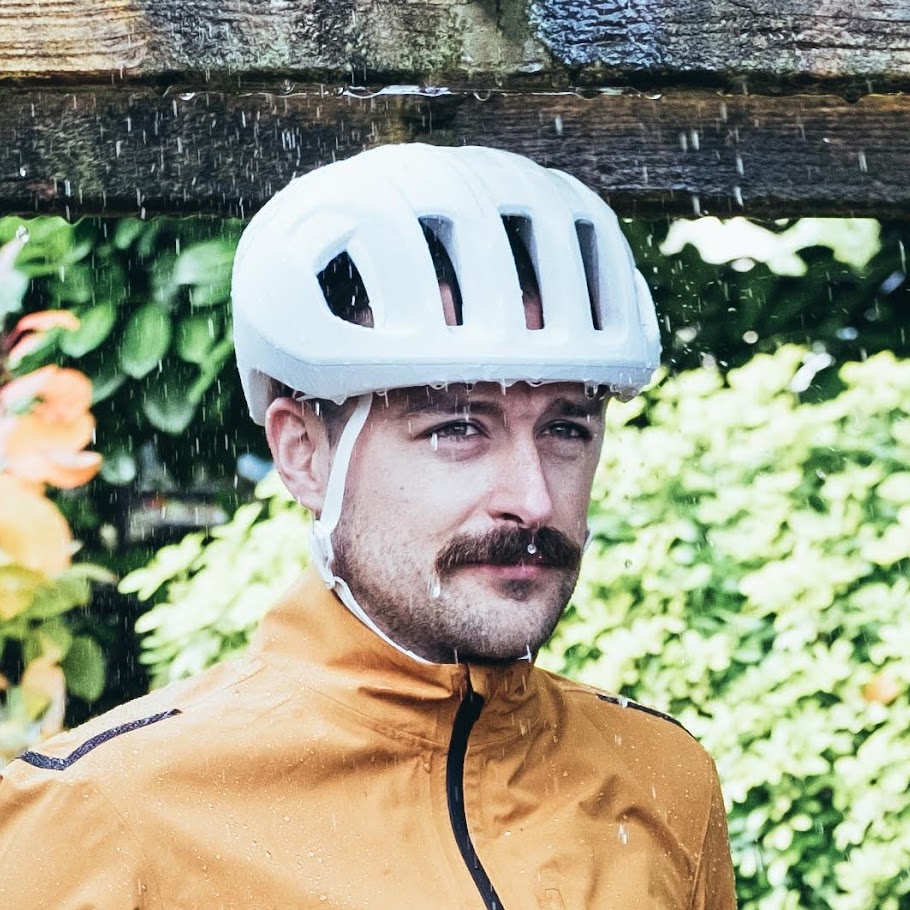
Will joined the Cyclingnews team as a reviews writer in 2022, having previously written for Cyclist, BikeRadar and Advntr. He’s tried his hand at most cycling disciplines, from the standard mix of road, gravel, and mountain bike, to the more unusual like bike polo and tracklocross. He’s made his own bike frames, covered tech news from the biggest races on the planet, and published countless premium galleries thanks to his excellent photographic eye. Also, given he doesn’t ever ride indoors he’s become a real expert on foul-weather riding gear. His collection of bikes is a real smorgasbord, with everything from vintage-style steel tourers through to superlight flat bar hill climb machines.
You must confirm your public display name before commenting
Please logout and then login again, you will then be prompted to enter your display name.
